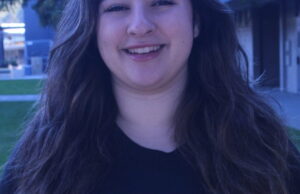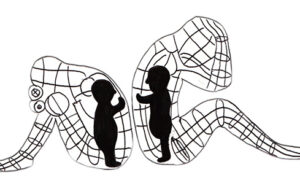Teaching into your DMS
With over 232 million users, Twitter has emerged as a popular social networking site for teens to talk about what they just ate, when they last pooped on the field, or to let the world know when it’s raining. However, with the increased reach of such technology, Twitter has begun to appeal to a new crowd: teachers. Now, students’ online lives are crossing paths with those of teachers, and rather than seeing Mr. LaRocca at Trader Joe’s, we see him on our Twitter timelines.
I know this comes as a big surprise, but teachers are just like us and can be hip sometimes. They too use social media to connect with others — now, they use it to post reminders about what happened in class that day. Many students find it helpful to look up their homework on Twitter since the site is more popular with students, and is easier to access than a teacher’s website.
It is understandable that social media is a useful outlet to connect with people we don’t always see, but these connections can become awkward. Inadvertently coming across a teacher on Twitter can create opportunities for things to become uncomfortable, and disrupt the sweet, mindless escape that social media offers us. The tweets of teachers are reminders that we students still have to go through the pain of schoolwork and projects.
Until the social media age, there was a distinct line between one’s life at school and one’s personal life. At school, you were under the supervision of your teachers. Outside of school was a different story. Nowadays, Twitter is seen by many students as a sort of safe haven — a place where they can express their thoughts on a platform that is distinctly separate from school. Since teachers have joined the equation, though, this sense of safety may be an illusion. Twitter is a public networking site where anyone and everyone can see your posts — including teachers. Students need to be aware that what they post is not private if the account is public.
The presence of teachers and authority figures on social media is unchartered territory. As the presence of teachers becomes more and more common, the lines between school and home, as well as educational and personal relationships, continue to blur.



